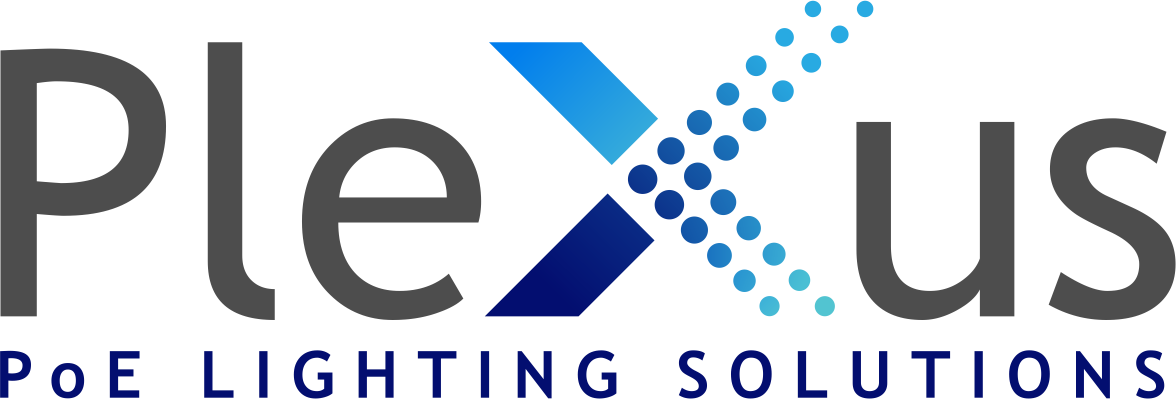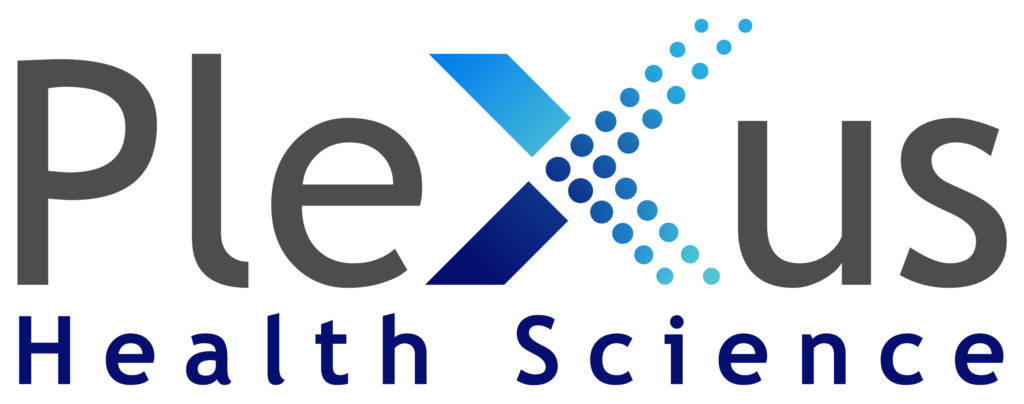PoE: The 10 Core Lighting Benefits


Lower Operational Cost
With the rollout of high power PoE (90 Watts), even at parity of installation costs (although often PoE costs less) PoE lighting provides additional 20-30% savings in operating expenses. The additional OpEx savings are achieved through the simple and easy to operate software controls that allows fine tuning of lighting intensity, scheduling, daylight harvesting etc. Additionally, when utilizing UL 924 emergency lighting, manual testing is no longer required as PleXus will do it remotely with a battery. Lastly, PoE lighting system when fully deployed provide a simple and efficient mechanism to participate in utility demand response revenue programs.





LEDs Provide More Light per Watt
LED lights provide more lumens per watt than both fluorescent and incandescent lights. LEDs provide 160 lumens per watt versus 80 lumens per watt versus for fluorescent, and 20 and 14 lumens per watt for incandescent lights.





Easy Modifications to Lighting Circuitry and Control
A PoE LED lighting system works with nearly any LED light, including UL924 PoE emergency lighting options. Additionally, conventional line-voltage systems have to be hardwired to match the layout of the space. If the space is re-organized and new walls go up, most often the lighting has to be re-circuited and its controls modified, which require an electrician and, therefore, more time and cost. With a PoE system, changes in circuiting and control are made at the software level, thereby making changes fast, easy, and virtually cost free.





Lighting Control is Software-Based
By combining power and control onto a single network connection, it’s simple to create a more comfortable, healthy and productive work environments. It makes every light an internet-of-things (IoT) IP-enabled appliance. In addition, wall switches, sensors and other low power accessories attach to any node. Also, the software is easy to use; devices are automatically discovered and configured through a drag-and-drop function.





Real-Time Room-Level Monitoring and Reporting
Many sensors are available to support daylight harvesting, light level, motion, temperature, humidity, CO2 and other environmental conditions to ensure customers save as much energy as possible, while providing outstanding light quality. As such, room-level environmental condition monitoring and reporting is greatly simplified. Not only can lighting be controlled by occupancy sensors, but room-level occupancy can be tracked and analyzed to determine space utilization statistics via the software.





Real-Time Energy Monitoring and Reporting
Besides tracking and analyzing occupancy, it’s also possible to track real-time energy usage on an LED-by-LED, room-by-room, or on a building-by-building basis. The result is a platform that enables building managers to customize the user experience without giving up the ability to conserve energy. Doing so enables you to future-proof their digital ceiling infrastructure to grow with new applications.





Advanced Color Scene Control that Syncs with Circadian Rhythm
Color tuning can be used to create visually stunning environments that can be programmed and scheduled with just a few button clicks. Furthermore, tuning color temperature and syncing with circadian rhythm improves productivity, and health and wellness in the workplace. High quality lighting has been scientifically proven to enhance alertness, thinking, concentration, mood, morale, and sleep. At the same time, quality lighting helps reduce absenteeism, errors, accidents, eye strain, fatigue, headaches, hyperactivity, cardiovascular events, and obesity.





Leverage Existing IT System Management Tools and Personnel
A great deal of time and money was spent optimizing the tools and processes used to manage the organization’s IT systems. The IT personnel and/or the outsourced managed services provider are typically adept at monitoring, responding, and fixing problems as they arise. All these tools, processes, personnel, and experience can now be leveraged to manage the lighting as well as all the IoT devices connected to it.





DC-Powered Buildings are the Future
AC loads today are becoming more natively DC due to the proliferation of electronics, LED, and DC plug loads. The current DC PoE system will seamlessly enable this transition with improved energy efficiency, simple and more flexible design, lower installation costs, and lower capital costs. Additionally, Plexus provides DC outlets that allow tenants to leave their chargers at home and connect to convenient outlets that eliminate “vampire loads”) for the very first time.





PoE: The Backbone of Smart Buildings
At present, there's an insatiable demand for a higher power to support smart devices connected to the Ethernet network. The industry’s new 90-Watts power ratification comes right on time to meet the power demand of IoT (Internet of Things) and smart buildings. Without PoE, smart systems integration is difficult and expensive. PoE is the perfect platform to connect and control all the buildings disparate systems (like VAV/HVAC power & control) and enable new solutions — such as low-resolution people counters — over one network.
copyright © 2020 PleXusPoE . All rights reserved


